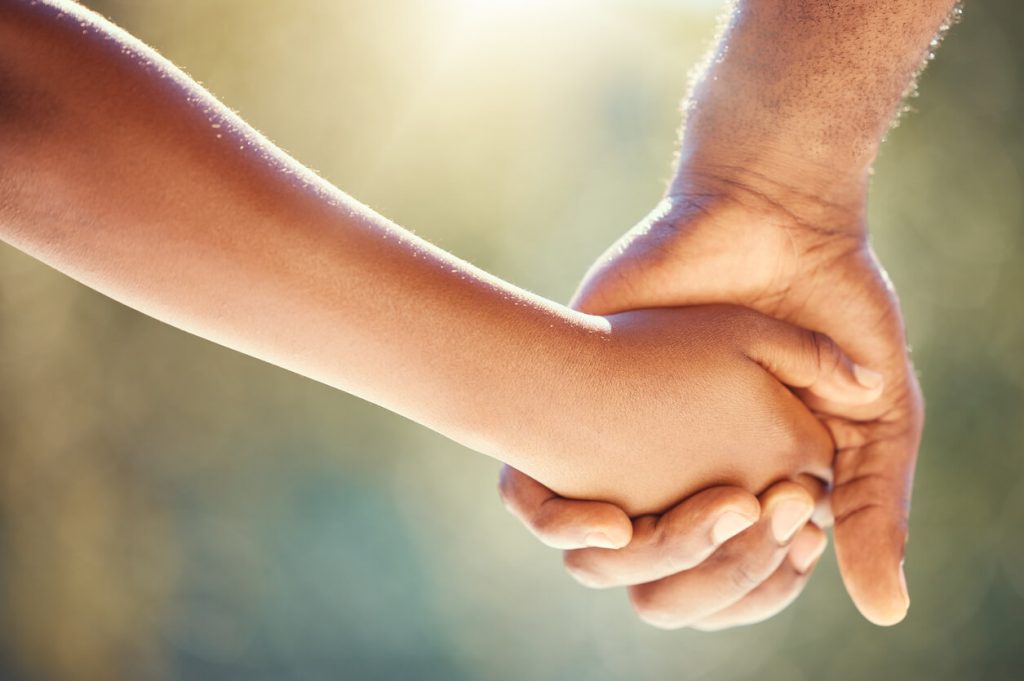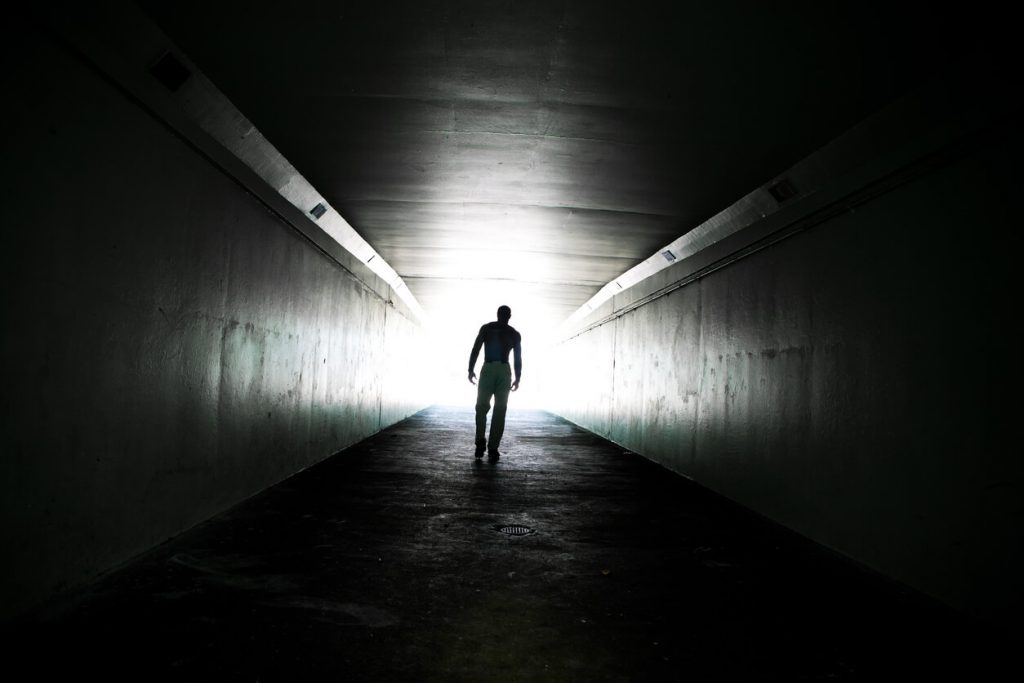Kindergarten. That’s where Cheryl’s son was first exposed to pornography.
How could this happen? Cheryl [not her real name] had taken every precaution to prevent this. As a certified sex addiction therapist, she had a fierce determination to protect her son from pornography. Her home computer was protected by the best filtering systems, and she was cautious about where her son played. She had even invested thousands of dollars to send her son to a well-respected Christian private school.
But one day, another kindergarten boy brought a phone from home. In less than a minute, this young boy had introduced her son to porn.
As the Education and Outreach Coordinator for Protect Young Minds, I frequently hear stories like this one. Although many years ago I used to think, “What reasonable parent would want to talk to kids about pornography?” Now I think, “What reasonable parent would not want to prepare their child to cope with this pervasive danger?”
Parents are only able to filter and monitor the devices they own; they cannot protect their children from every possible situation. Kids can be exposed to pornography at the library, at school, in their neighborhood, at malls, and many other public places. Pornography can come through computers, cell phones, gaming devices, magazines, television, movies, books, and more.
Anyone who has taken a self-defense class knows that perpetrators want an easy victim, not one who fights back. Make no mistake: pornography is a perpetrator and the porn industry deliberately tries to hook kids! I urge all parents to arm their kids with skills to reject pornography.
Related: 6 Ways to Raise a Sex Addict
What Do Kids Need to Know?
First, kids need to be able to recognize pornography. Before teaching kids to “look away,” parents need to be clear about what kids need to look away from. I have heard so many people tell kids, “Be sure to let me know if you see anything that makes you feel uncomfortable.” This statement alone is not clear enough for kids.
Kristen Jenson and Gail Poyner’s best-selling book Good Pictures Bad Pictures: Porn-Proofing Today’s Young Kids defines pornography as “pictures, videos, or even cartoons of people with little or no clothes on.” In other words, pornography shows private areas of the body that are normally covered up by a swimsuit. Note: It’s a good idea for parents to define “private parts” by using the correct body part names (penis, vagina, and breasts) because this increases a child’s ability to report sexual abuse.
Second, kids need to learn why pornography is dangerous. It certainly is not intuitive that looking at a picture could be harmful. But the truth is that pornography can have detrimental impacts on a child’s developing mind. Kids need to know that when they choose to look away from pornography, they are protecting their brain. This can be a powerful incentive for kids and a concrete way for them to understand how porn can hurt them.
Of course, there are many more reasons that kids should reject pornography. Ideally, as kids mature, parents will continue to teach them how porn use negatively impacts people’s lives. Protect Young Minds and Fight the New Drug often provide real-life stories parents can share. The more kids know about how porn hurts people, the more motivation they will have to reject it.
Third, kids need to know what to do when confronted with porn. Pornography is powerful and lures many good kids into its trap. Simply telling kids that pornography is bad and they should stay away from it is not enough. Kids need a concrete plan that moves any pornography they see out of the part of the brain that solely reacts (the feeling brain) into the part of the brain that can choose to say no (the thinking brain). The CAN DO Plan™plan found in Good Pictures Bad Pictures does just that.
What Age Should Parents Start Talking to Kids?
I know that it is difficult for some parents to accept, but preschool age is not too early. Many news articles quote that the average age of pornography exposure is 11. This statistic is based on data gathered before mobile phones became common.
At the recent Coalition to End Sexual Exploitation Summit, well-known Christian minister Josh McDowell (who has been researching the impact of pornography in the church) said he believes that the average age of exposure within Christian families is between four and six years old. I have interviewed therapists who agree with this statistic. My personal experience listening to families also leads me to believe this is accurate. I can say with certainty that the average age of exposure is much younger than 11.
Talk Early and Talk Often
Once children have Internet access or spend time with those who do, they need a gentle warning about the dangers of pornography. While the original Good Pictures Bad Pictures is designed for kids 6-12, Good Pictures Bad Pictures Jr: A Simple Plan to Protect Young Minds (coming soon) is a fantastic tool for kids 3-6. This new book by Kristen Jenson makes it easy for parents to arm their youngest children with the Turn, Run, and Tell plan.
Parents who talk to their kids about the dangers of pornography are not taking away their child’s innocence: They are protecting it. These parents are empowering their kids to recognize pornography as a trap so they can choose to safeguard their mind.
With all this in mind, talking to young kids about pornography seems not only reasonable, but reassuring.








It is a cold world out their. I can remember my grandmother teaching me to respect my mind by putting good things into it. Basically saying the “Garbage in, garbage out.” Before we had even heard the phrase.My dad talked to my son’s about having balance in their lives and that porn. in their lives would be giving away their balance.” I was so relieved he had put the choice squarely on their shoulders not on their friends for bring the pornography around but on theirs.
Dont really understand how a woman in a bikini is not something a kid shouldnt learn to look away from. Heck when I was in high school I had no access to anything x rated or even pg13 rated and I found myself lusting after the models on the price is right when they were wearing one piece swim suits and masturbating to them. Swim suits are not that different than what is in the victoria secret catologue. Teach kids to look away from girls showing cleavage or wearing anything really short. Train them to look in the womans eye or look away.
One little correction that needs to be made. When teaching children the correct terms for private parts, vulva would be the correct term instead of vagina.
why do you use scare tactics to endorse your program? you are making parents terrified that their kids will be exposed to porn. they will get exposed to porn doing anything in life. parents need to teach their kids to avoid it, not to try to block it. you cannot filter the whole internet.
Hello – you’ve made a perfect case for what Claudine is lobbying for. Since “they will get exposed to porn doing anything in life,” parents have the opportunity to give their kids the tools necessary to navigate a pornified world. Kids need to know what to do WHEN they see porn since they most likely will. It’s not natural for a child to see pornography. It rearranges their sexual template and confuses their minds. How it is on the screen is not how it is in real life, but they don’t know enough to know that. So, yes! Teach them to avoid it, and if they do see it, give them tools for what to do next. I don’t think what you’re saying and what we believe is all that different! Please tell me if you disagree.
Peace, Chris